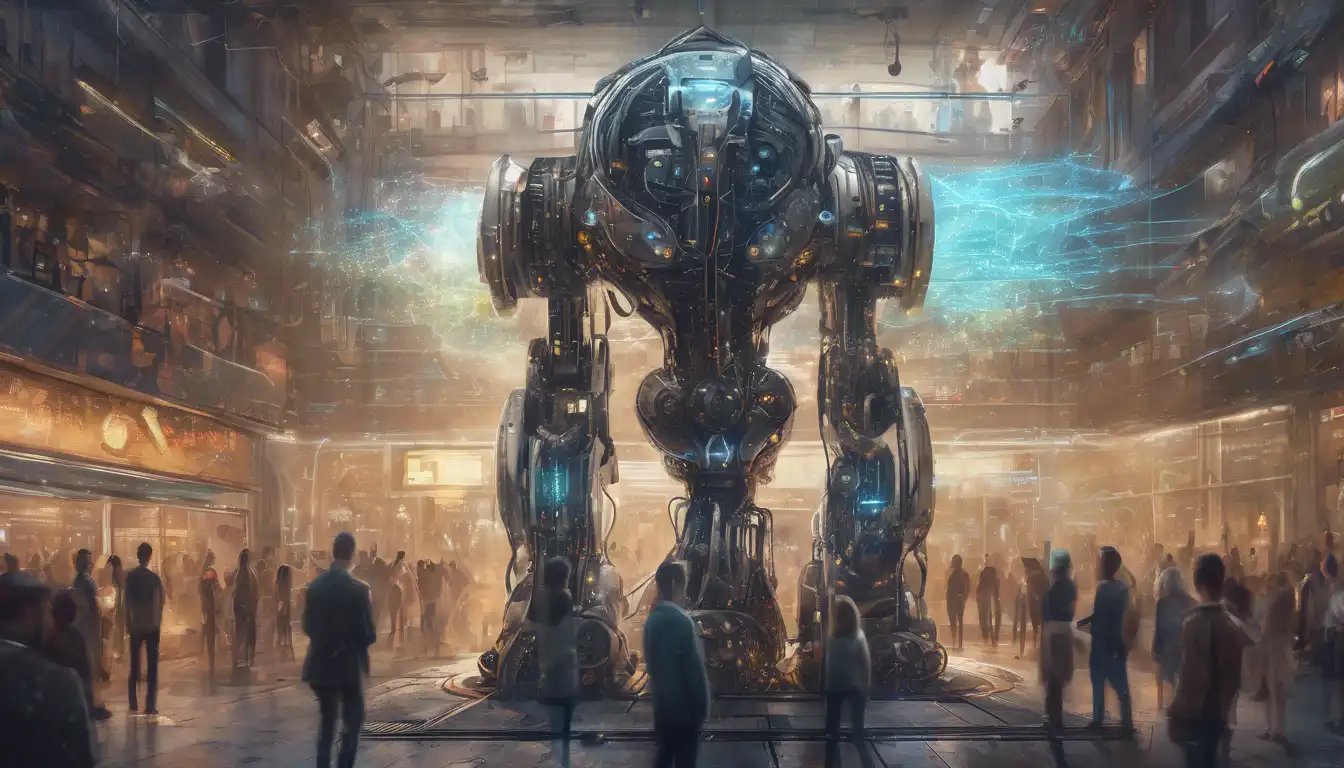Introduction to Machine Learning in Recommendations
Machine learning has revolutionized the way we interact with digital platforms, especially in the realm of personalized recommendations. From streaming services to e-commerce, machine learning algorithms are at the heart of suggesting what movie to watch next or which product to buy. This article delves into how machine learning powers these recommendation systems, making them more accurate and personalized than ever before.
Understanding Recommendation Systems
Recommendation systems are algorithms designed to suggest relevant items to users based on various data points. These systems can be broadly categorized into three types: collaborative filtering, content-based filtering, and hybrid systems that combine both. Machine learning enhances these systems by analyzing vast amounts of data to predict user preferences with high accuracy.
Collaborative Filtering
Collaborative filtering relies on the behavior and preferences of similar users to make recommendations. Machine learning models analyze patterns in user interactions to identify similarities and suggest items accordingly. This method is particularly effective in platforms like Netflix or Amazon, where user behavior is a strong indicator of preferences.
Content-Based Filtering
Content-based filtering, on the other hand, focuses on the attributes of the items themselves. Machine learning algorithms assess the features of items a user has interacted with to recommend similar items. This approach is widely used in news recommendation systems, where the content of articles plays a crucial role in user engagement.
The Power of Hybrid Systems
Hybrid recommendation systems leverage the strengths of both collaborative and content-based filtering to provide more accurate and diverse recommendations. Machine learning plays a pivotal role in optimizing these systems, ensuring that users receive suggestions that are both relevant and varied.
Challenges and Solutions
Despite their effectiveness, recommendation systems face challenges such as the cold start problem and data sparsity. Machine learning addresses these issues through techniques like matrix factorization and deep learning, which improve the system's ability to make accurate predictions even with limited data.
Future of Recommendation Systems
The future of recommendation systems lies in the advancement of machine learning technologies. With the integration of AI and deep learning, these systems are expected to become even more personalized, understanding not just what users like, but why they like it. This will open up new possibilities for customization and user satisfaction.
In conclusion, machine learning is the driving force behind the evolution of recommendation systems. By continuously learning from user interactions and improving over time, these systems are setting new standards for personalization in the digital world. For more insights into the impact of AI on technology, explore our AI Impact section.
